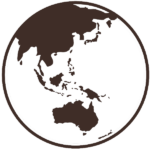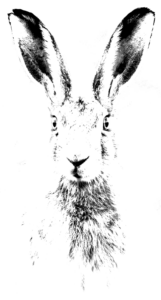 East & Southeast Asia, Australia, New Zealand
East & Southeast Asia, Australia, New Zealand
Attendees experiencing EPIC2020 from this region are called Geelong (dʒɪˈlɔŋ / ji-LONG). This Australian place name evokes our conference theme scale:
Learn about Geelong Like some other European colonizers, in 1859 a man named Thomas Austin in the town of Geelong, Victoria, released 24 rabbits on his property for the purpose of hunting them. Across Australia, their population multiplied due to the lack of predators in their new environment. By causing damage to crops, killing young trees in orchards and forests, and creating erosion problems, these rabbits have become one of the most significant factors in the loss of native plant species in Australia. The government has employed a range of biological, chemical, and mechanical control measures to reduce the rabbit population from an estimated 10 billion (1920) to the roughly 200 million that remain today.
Like some other European colonizers, in 1859 a man named Thomas Austin in the town of Geelong, Victoria, released 24 rabbits on his property for the purpose of hunting them. Across Australia, their population multiplied due to the lack of predators in their new environment. By causing damage to crops, killing young trees in orchards and forests, and creating erosion problems, these rabbits have become one of the most significant factors in the loss of native plant species in Australia. The government has employed a range of biological, chemical, and mechanical control measures to reduce the rabbit population from an estimated 10 billion (1920) to the roughly 200 million that remain today.
Geelong captures the cascading consequences of intervention and innovation—intentional or inadvertent, subtle or exponential. What seems normal and casual to one creature, but alien and transformational, perhaps catastrophic, to another? What lens from the past frames a vision of the future?
Regional Schedule
Oct 19–24: Learning & Networking
Oct 25–28: Main Program
The Geelong schedule shows programming designed for this region, but you’re welcome to attend any program in the global schedule.
See also: detailed Tutorial Program & Program Overview
